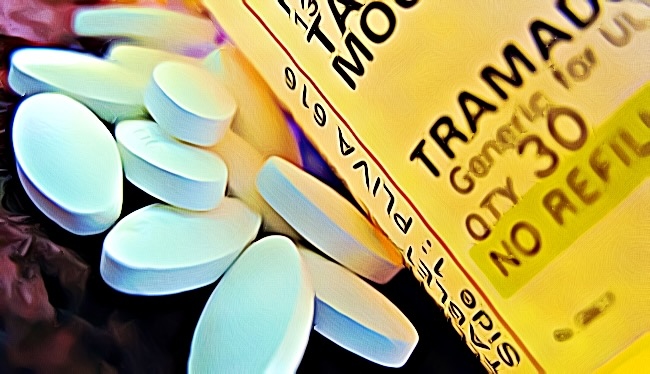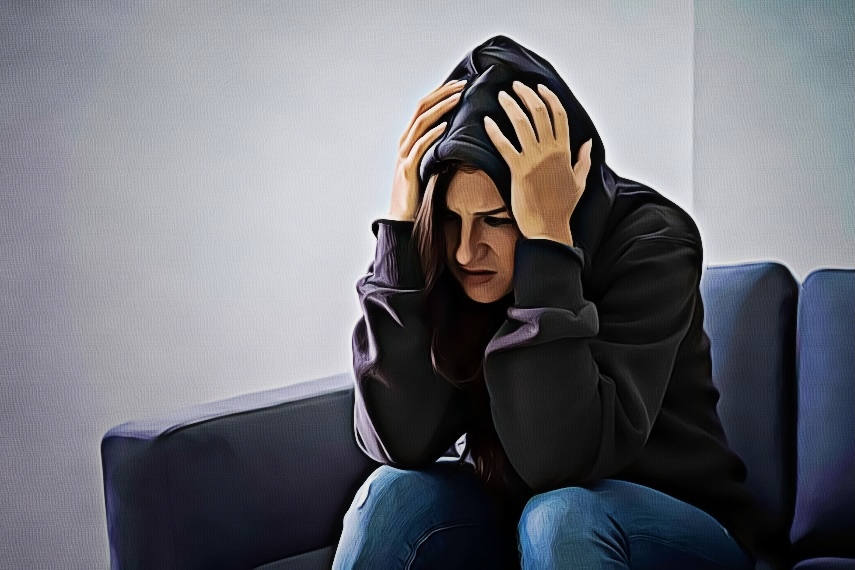Most addictive substances were initially developed for medicinal purposes. Derivatives of the Coca plant were once widely used around the world to boost energy, heroin was once a treatment for tuberculosis, and even methamphetamines were used to treat depression. Many of these drugs were developed as a treatment for illnesses of which scientists had little understanding.
Nowadays, the field of medicine and the understanding of addiction in the human body have grown by leaps and bounds. Scientists and researchers now analyze substances for harmful effects rigorously, categorizing them by the capacity for dangerous side effects. The distribution of many drugs has now been prohibited, with many more restricted—which is why some medicines are only available via prescription.

In this article, we are going to talk about Tramadol to help you understand its various properties. After all, the best way to prevent addictive behaviors is to gain insight into the circumstances and substances that cause them.
The Symptoms of Tramadol Withdrawal
Generally, opioid withdrawal proceeds with an early phase and late phase. Early withdrawal is the detoxification period when the drug leaves the bloodstream, and the late withdrawal phase encompasses when the chemicals in the brain return to balance without the substance.
Some of the symptoms of early opioid withdrawal are:
- Runny nose
- Sweating
- Tearing up
- Yawning
- Muscle and body aches
- Insomnia
- Restlessness
- Agitation
- Anxiety
- High heart rates
- Hypertension
- Fast and shallow breathing.
During the late phase, persons might experience:
- Chills
- Goosebumps
- Stomach pains and cramping
- Vomiting
- Diarrhea
- Loss of appetite
- Pupil dilation
- Difficulty concentrating or thinking clearly
- Irritability
- Depression
- Depersonalization
- Drug cravings.
There are also some severe symptoms associated with withdrawal. They typically occur in 10% of people recovering from opioid addictions. Persons who have not sought proper addiction treatment are more likely to suffer these symptoms as well. They may be:
- Confusion
- Extreme paranoia
- Anxiety
- Panic attacks
- Hallucinations
- Numbness or tingling in their extremities
- Seizures
- Comatose
- Death.
The intensity of these symptoms depends on a number of factors, including but not limited to:
- The length of time the person has been addicted or dependent
- The regularity of use and size of doses
- The person’s physiology
- Other drugs the person is taking or has taken.
The effects of the drug will be different on every person; as such, the withdrawal symptoms will be different as well. In some cases, it may be as tolerable as an intense bout of the flu. In other cases, it may require hospitalization or close monitoring. Whatever the case may be, it is important never to leave this step in recovery to chance.
Symptoms of withdrawal can start manifesting within 12 hours of the last known dosage. The recovery process from the chemical dependence can take as little as 30 days, though many rehabilitation programs have 60 and 90-day recovery periods to ensure that the psychological dependence has been addressed.
Addiction, while a complicated beast to conquer, can be beaten. People are fully capable of living healthy and meaningful lives after receiving treatment. However, the first step to recovering from Tramadol addiction should always be with an addiction treatment center.
What is Tramadol?
Tramadol is a prescription medication to treat moderate to severe pain. It comes in two forms: an immediate-release and extended-release tablet. The former lasts anywhere from 1 to 4 hours, while the latter peaks somewhere between 4 and 6 hours. The oral tablet is also available in different dosage levels.

As a controlled substance, you would only be able to use it under a doctor’s close supervision. The US Government classifies it as a Schedule IV substance given its potential for addiction and dependence.
In many cases, it is used in tandem with other medications as part of various combination therapies.
Is Tramadol an Opiate?
The short answer: yes. Tramadol falls under the set of substances that encompasses morphine, heroin, and oxycodone: opioid agonists. These drugs activate receptors in the brain that are responsible for the management of pain and discomfort. These receptors are also related to the sensation of pleasure.
Essentially, opioid agonists induce a sense of comfort and pleasure while reducing your capacity to sense the pain. The problem with opioids like these is that they become highly addictive over time, as the body has a high rate of resistance against it. As your body builds a tolerance to it, you will need more and more until your body feels it can no longer live without the drug.
Tramadol, on the other hand, has a twofold effect on the human brain. As we’ve mentioned before, it activates opioid receptors in the brain but also blocks neurotransmitters like serotonin and norepinephrine into the system. A person experiencing withdrawal from Tramadol is likely to experience two forms at the same time: traditional opioid withdrawal syndrome and atypical opioid withdrawal syndrome.
Other Side Effects of Tramadol
As a powerful substance, doctors often recommend you avoid driving, using heavy machinery, and performing any dangerous activities until the effects on your physiology have been established, since the known side effects are:
- Dizziness
- Drowsiness
- Headaches
- Nausea and vomiting
- Trouble concentrating
- Constipation
- Fatigue
- Sweating
- Dry mouth
Generally, these effects will go away within a few days or weeks after the end of the treatment. If they do not, then you should consult your healthcare providers immediately.
The Threat of Addiction
As an opioid agonist, Tramadol can be highly addictive if treatment is not managed carefully. People that have developed a dependence on the drug are likely to need specialized addiction procedures that involve a combination of psychological and medicinal therapy.
People often make the mistake of underestimating the drug’s effectiveness, especially since it is one of the least potent opioids designed to treat pain. Persons being treated with the drug might develop an addiction without even realizing it until it’s too late.
It is important to refrain from using it without a prescription or taking it in higher doses than recommended by your doctor. Do not combine it with other substances and medications that were not recommended by your healthcare provider either.
The Signs of Tramadol Dependence or Addiction
If you or a loved one has been prescribed Tramadol, it is crucial to understand the signs of Tramadol addiction. This includes:
- Tiny pupils
- Slurred speech
- Drowsiness
- Low energy
- Impaired coordination.
Some of the behavioral signs include:
- Visiting multiple doctors to obtain a prescription
- Neglecting responsibilities at home, school, or work
- Social or interpersonal problems related to using Tramadol
- Mood swings
- Apathy
- Inability to feel pleasure.
These are also clear signs that you or your loved one might have already developed a psychological dependence on the drug.
Persons with an addiction to the drug are also at risk of serotonin syndrome, a condition wherein the brain produces too much serotonin in the brain. Often, this happens because the body has developed an intense resistance to this hormone. Some symptoms of serotonin syndrome are:
- Confusion
- Agitation
- Jerky muscles
- Rigid muscles
- Tremors
- Lack of coordination
- Comatose.
Recovering from Tramadol Addiction
As with any opioid drug, it is important to consult an addiction treatment center before discontinuing usage. Healthcare professionals at such facilities are qualified to handle the difficult task of opioid addiction treatment through various certifications and training. Attempting to quit opioids on your own might result in intense reactions, sometimes leading to death.
Quitting from opioid drugs often necessitates a cocktail of other medications designed to wean you gently from these drugs, especially since the symptoms of withdrawal are more intense with this type of drug than most others—which might even be worse with a drug like Tramadol.
Sources:

